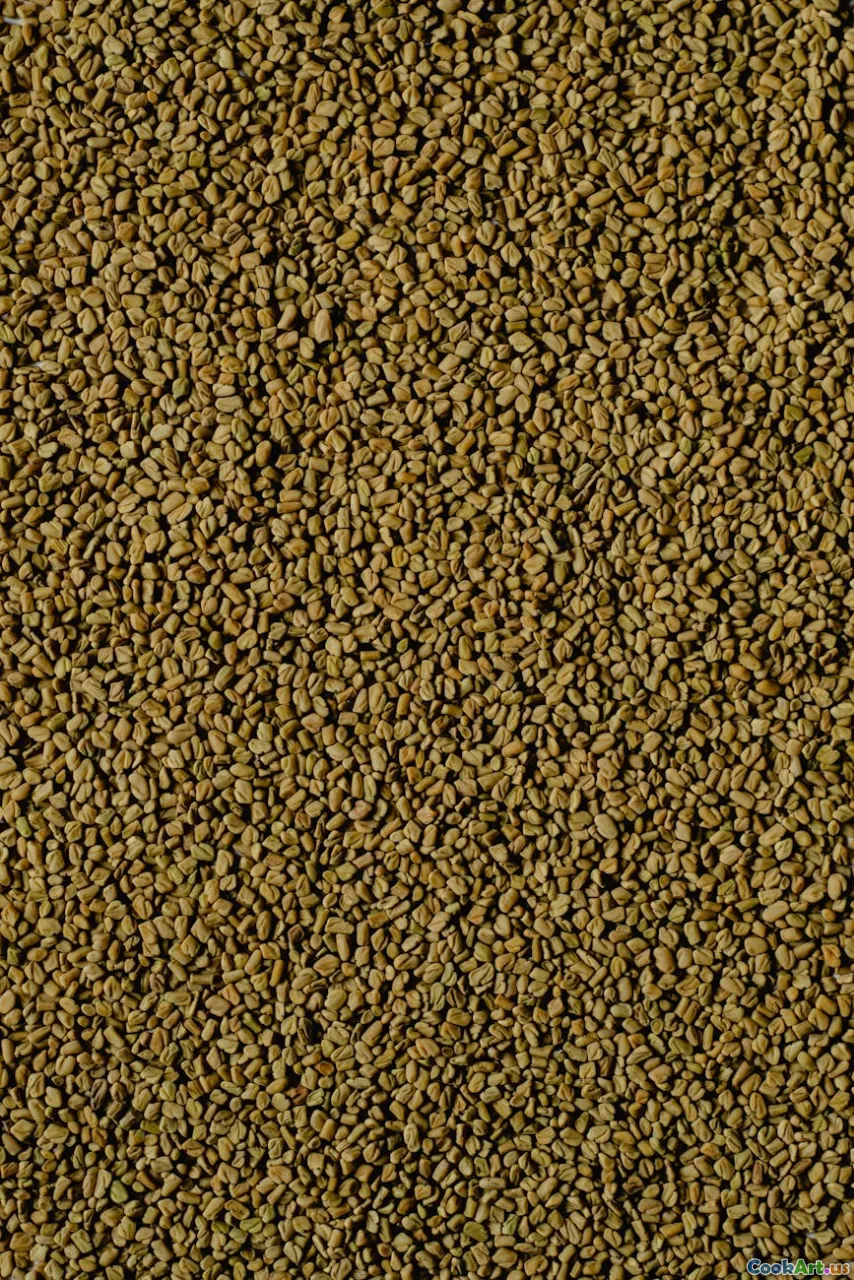Barley: A Grain for Health and Flavor
6 min read Discover the health benefits and culinary uses of barley, a versatile grain that adds flavor and nutrition to your meals. April 06, 2025 00:45
Barley: A Grain for Health and Flavor
Barley, often underrated, is a versatile grain that has been a staple in various cultures for centuries. Known for its nutty flavor and chewy texture, barley is not only a delicious addition to many dishes, but it also boasts numerous health benefits. In this article, we will explore the culinary uses of barley, its nutritional profile, and tips for incorporating this ancient grain into your modern diet.
A Brief History of Barley
Barley is one of the oldest cultivated grains in the world, with evidence of its use dating back to ancient Mesopotamia. It has been a significant food source in various cultures, from the Middle East to Asia and Europe. Historically, barley was used not only as food but also in the production of beer and whiskey, showcasing its importance in both agriculture and culture.
Nutritional Benefits of Barley
Rich in Nutrients
Barley is packed with essential nutrients. A single cup of cooked barley contains about 193 calories, 6 grams of protein, 1.5 grams of fat, and an impressive 6 grams of fiber. It is also a good source of vitamins and minerals, including B vitamins, iron, magnesium, and selenium.
Heart Health
One of the most notable health benefits of barley is its potential to improve heart health. The soluble fiber in barley, particularly beta-glucan, can help lower cholesterol levels and reduce the risk of heart disease. Studies have shown that incorporating barley into the diet can lead to significant improvements in cholesterol profiles.
Blood Sugar Control
Barley has a low glycemic index, making it an excellent choice for those looking to manage blood sugar levels. The fiber content helps slow down the absorption of glucose, preventing spikes in blood sugar and providing sustained energy.
Weight Management
The high fiber content in barley not only aids digestion but also promotes a feeling of fullness, which can help in weight management. Incorporating barley into meals can reduce overall calorie intake, as it keeps you satiated for longer periods.
Culinary Uses of Barley
Barley can be enjoyed in various forms, making it an incredibly versatile ingredient in the kitchen. Here are some popular ways to use barley:
1. Barley Salad
A refreshing barley salad can be a great addition to any meal. Simply cook the barley and toss it with fresh vegetables, herbs, and a light vinaigrette for a nutritious side dish.
2. Soups and Stews
Barley adds a hearty texture to soups and stews. It can be used in place of rice or pasta, absorbing the flavors of the broth and enhancing the overall dish.
3. Barley Risotto
Swap out traditional Arborio rice for barley in risotto recipes. The result is a creamy, nutty dish that is both satisfying and nutritious.
4. Breakfast Bowls
Cooked barley can be used as a base for breakfast bowls. Top it with fruits, nuts, and a drizzle of honey or maple syrup for a wholesome start to your day.
Tips for Cooking with Barley
- Types of Barley: There are different types of barley to choose from, including hulled, pearled, and quick-cooking. Hulled barley retains its bran layer and is more nutritious, while pearled barley has been polished and cooks faster.
- Cooking Ratio: For every cup of barley, use about three cups of water or broth. Bring to a boil, then simmer until tender, typically around 30-40 minutes for pearled barley and 60-90 minutes for hulled barley.
- Soaking: Soaking barley overnight can reduce cooking time, especially for hulled barley, and improve digestibility.
Conclusion
Barley is more than just a humble grain; it's a powerhouse of nutrition and flavor that can elevate any dish. Whether you're looking to improve your health, diversify your meals, or explore new culinary creations, barley deserves a prominent place in your pantry. Embrace this ancient grain, and you'll discover a world of health benefits and delicious possibilities waiting for you.









